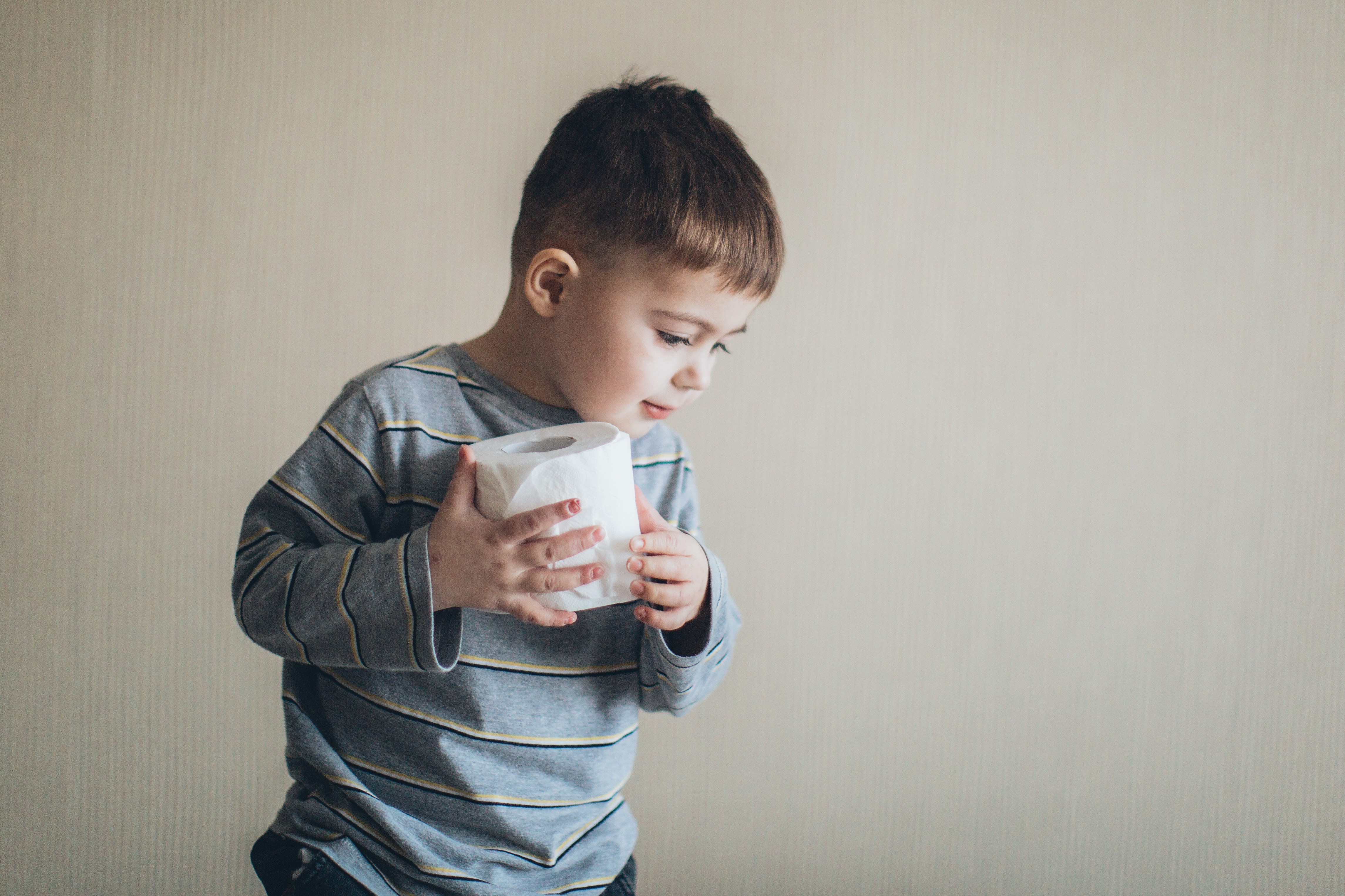Message succesfully copied!
14/07/2023
6 min READ
Toilet training is a topic that sparks various opinions and approaches among parents.

While there's no one-size-fits-all solution, this article presents the Montessori perspective on toilet training. By following these guidelines and considering the child's readiness, you can create a positive toilet training experience.
Understanding Toilet Training Toilet training involves teaching young children to intentionally eliminate waste in the toilet or potty. Cultural practices and attitudes towards toilet training differ widely, with some families practicing elimination communication from infancy, while others start training around three years old or older.
In the Montessori approach, we believe in preparing an environment that supports a child's understanding and learning. We treat the child with respect, offering assistance when needed and allowing them to take the lead when they are ready.
Physical Milestones Before starting toilet training, it's important to consider the child's physical milestones. The child needs to reach two milestones: awareness of the elimination process and physical control over the bladder and rectal sphincters.
Typically, a child is ready for toilet training when they can crawl with their belly and bottom off the floor and have stable sitting abilities. At this stage, their bladder is developed enough to hold a reasonable amount of urine, making it practical to use a potty.
It's recommended to start toilet training earlier rather than later, as younger children tend to show more interest, motivation, and early success. Older toddlers, on the other hand, may be more resistant to the process.
Psychological Considerations The next step is the child's mental readiness. They need to associate the biological signals of needing to eliminate with the desire to stay dry or clean, enabling them to take appropriate action independently or with adult assistance.
It's crucial to remember that the child must develop their own motivation to use the toilet. External motivators like compliments, rewards, or punishment can be counterproductive and may lead to regression during times of emotional upset. Instead, focus on the intrinsic benefits of toilet training, such as independence and imitating adult behavior.
Preparing for Toilet Training To help children develop bodily awareness of elimination, communication is key. Use diaper changes, bath time, or moments when they have a bowel movement as opportunities to describe their body's functions and explain what is happening.
Allowing babies some diaper-free time and using cloth diapers can also aid in their understanding of elimination. Cloth diapers provide more sensory feedback compared to disposable ones, which tend to keep the baby feeling dry at all times. Sensation is crucial for children to learn and associate bodily functions with the elimination process.
Create an environment conducive to toilet training by providing a stable and comfortable potty or child-friendly toilet seat. Avoid distractions such as light-up toilets or noise-making features. Place the potty in the bathroom if possible, or in the child's bedroom if necessary. Having multiple potties in different rooms can confuse the child and hinder their progress.
Toilet Training in Practice Now, let's explore the practical steps for toilet training:
Introduce the potty: Start by having the child sit on the potty during diaper changes. This helps them associate the potty with toileting and normalize its presence. If something happens while they are seated, acknowledge it and continue with the routine.
Transition to underwear: After a few days or weeks of using the potty, introduce underwear. Point out to the child that they are no longer wearing a diaper and periodically take them to the potty without asking if they need to go. If they have an accident, calmly explain what happened and guide them to attend to it.
Involve the child: Encourage the child to participate in the process by dressing or undressing themselves, taking wet clothes to the hamper or washer, and helpingclean up any accidents. This involvement helps them understand the consequences of not using the potty and promotes independence.
Avoid criticism: Instead of chastising the child for accidents, focus on prevention. If you notice a pattern, such as the child wetting their pants after meals, take them to the potty a few minutes beforehand. Keep a chart to track urination, bowel movements, and accidents during the initial stages to identify patterns and adjust accordingly.
Toilet training requires time and effort, especially in the beginning. However, with consistency and patience, most children successfully transition within a few weeks. Consider it an investment in your child's development and embrace the Montessori approach to toilet training.
For additional guidance and resources on gentle parenting, we recommend trying Everge for free for 30 days. Everge offers top bite-sized courses to support you on your parenting journey. Sign up today and access a wealth of valuable information.
Remember, every child is unique, and toilet training should be approached with love, respect, and understanding. By following these guidelines and adapting them to your child's needs, you can foster a positive toilet training experience that empowers your child's independence.
Everge
About the expert

We are Everge – the first gentle parenting platform, packed with science-backed tips, tricks and training courses from parenting experts across the world.
Try Everge for freeMore from our experts